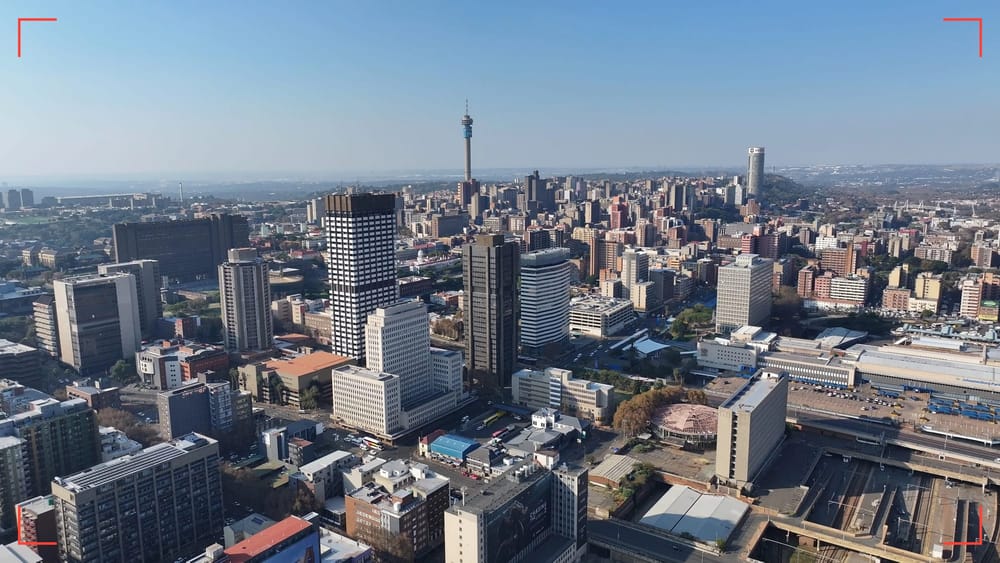Asia-Pacific - East Asia and Oceania RegionalPULSE: 15 AUG 2025
Geopolitical & Security Analysis Regional Report

Report Details
Initial Publish Date
Last Updated: 15 AUG 2025
Report Focus Location: Asia-Pacific - East Asia
Authors: DP, FZ, MAM, ZR
Contributors: GSAT
GSAT Lead: MF
RileySENTINEL provides timely intelligence and in-depth analysis for complex environments. Our global team blends international reach with local expertise, offering unique insights to navigate challenging operations. For custom insights or urgent consultations, contact us here.
Report Summary
This study presents a thorough examination of the current geopolitical and security environment throughout Asia-Pacific, with an emphasis on high-profile developments in East Asia and Oceania.
- Australia’s monetary easing: The Reserve Bank of Australia cut interest rates to 3.6%, its third adjustment in 2025, signaling concern over slowing inflation and employment pressures. This move provides near-term financial relief but raises questions about longer-term inflation control.
- Palestinian state recognition momentum: Australia confirmed it will recognize Palestine at the September UN General Assembly, with New Zealand considering a similar step. This aligns with Canada, France, and the United Kingdom but risks friction with Israel and domestic critics.
- China’s dual track of growth and risk: Beijing launched a USD 170 billion hydropower project in Tibet to expand renewable capacity while facing a chikungunya outbreak in Guangdong with over 7,000 cases, triggering a U.S. travel advisory. Both developments highlight China’s balancing act between modernization and public-health resilience.
- Japan’s demographic pressures: The steepest population drop on record (–908,000 in 2024) underscores long-term structural challenges, despite rising numbers of foreign residents. At the same time, Japan secured its largest arms export deal since 2014, supplying AUD 10 billion worth of frigates to Australia, strengthening Indo-Pacific defense cooperation.
- North Korea’s mixed signals: Pyongyang opened, then quickly restricted, its new Wonsan Kalma tourist zone, while simultaneously dismantling border loudspeakers in a rare de-escalation move with Seoul. This highlights both economic vulnerability and tentative steps toward easing inter-Korean tensions.
- South Korea under dual pressure: A USD 150 billion shipbuilding stimulus coincides with U.S. tariffs on all South Korean exports, intensifying trade headwinds. Meanwhile, the country’s shrinking military force (–20% in six years) amplifies security concerns vis-à-vis North Korea’s much larger standing army.
- Taiwan’s strategic leverage: Despite new U.S. tariffs, exemptions for Taiwan Semiconductor Manufacturing Company (TSMC) reaffirm its critical role in global supply chains. However, espionage cases involving TSMC employees signal persistent risks to intellectual property and technological competitiveness.
- Strengthening ANZAC defense ties: Australia and New Zealand deepened military interoperability after a Chinese live-fire drill in the Tasman Sea, reinforcing their regional security posture while risking greater friction with Beijing.
Remaining content is for members only.
Please become a free member to unlock this article and more content.
Subscribe Now








